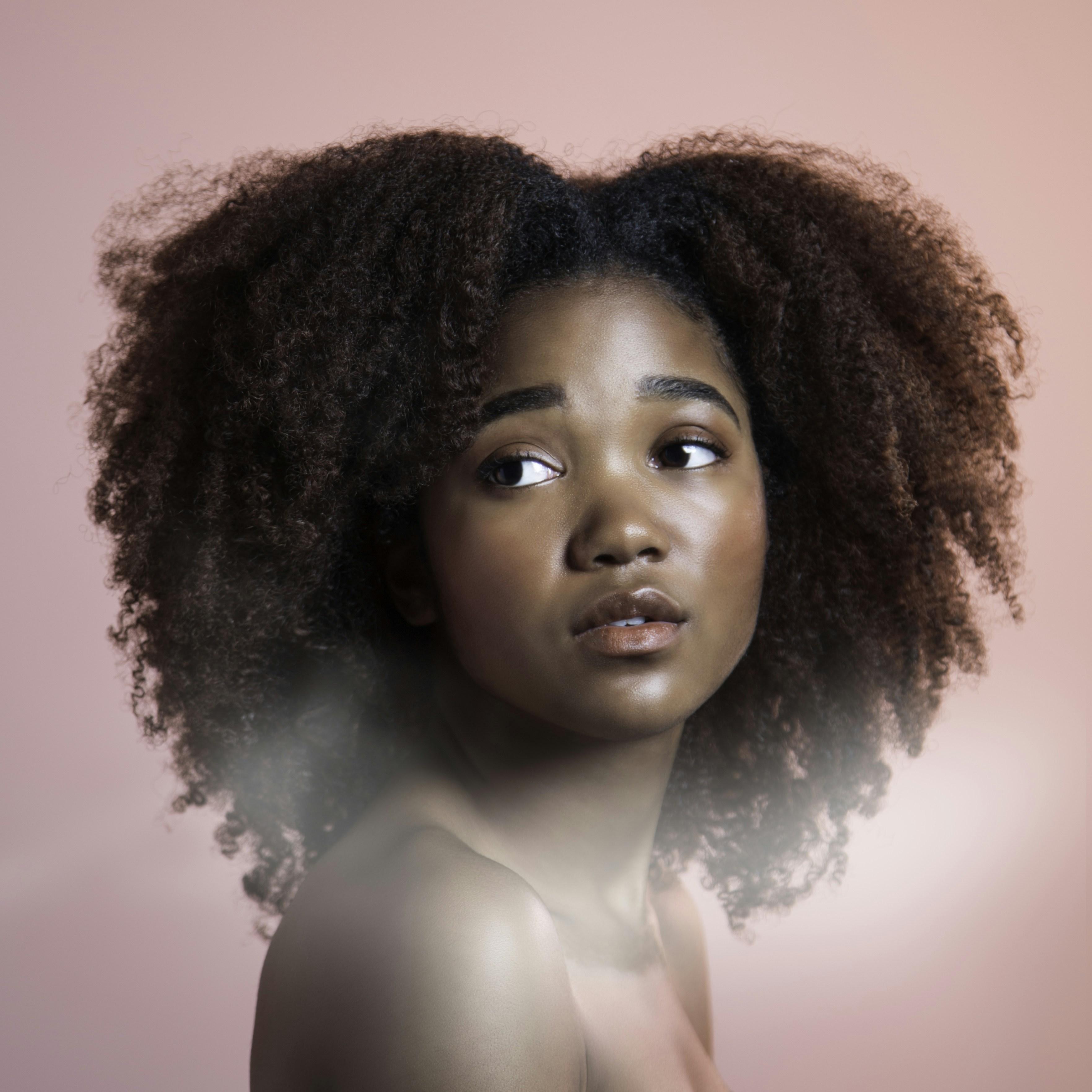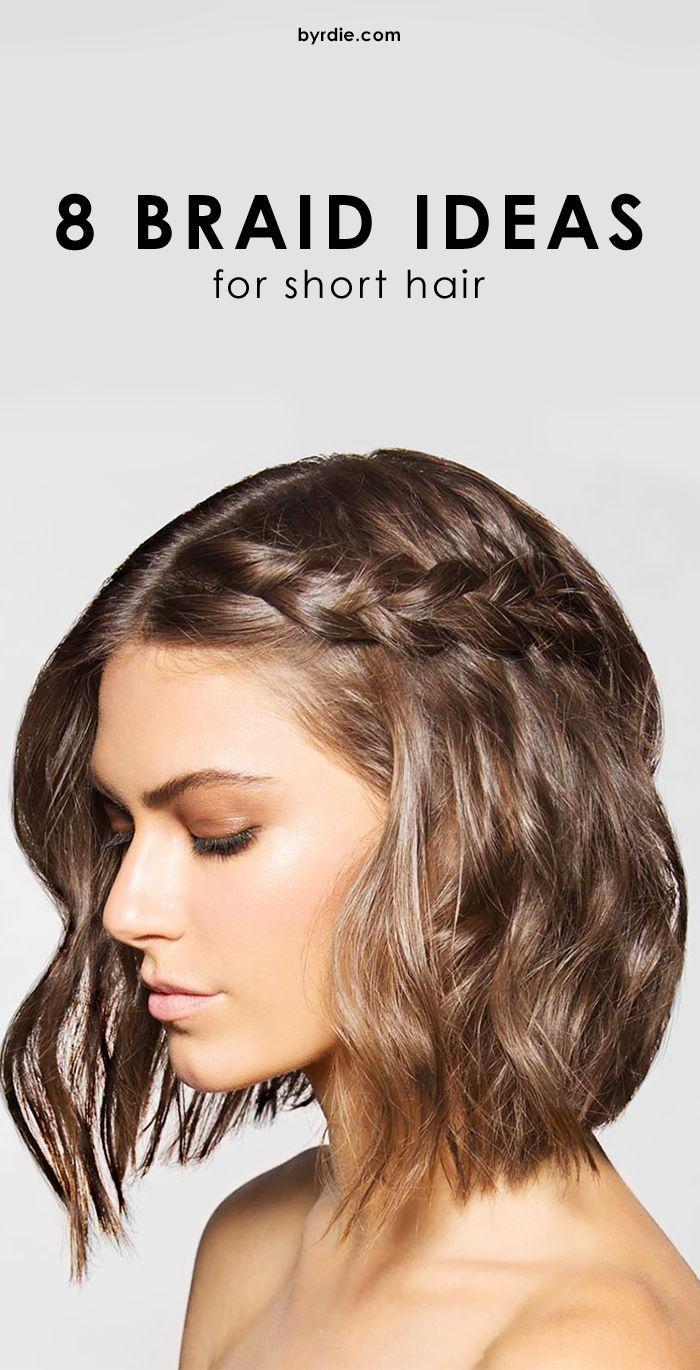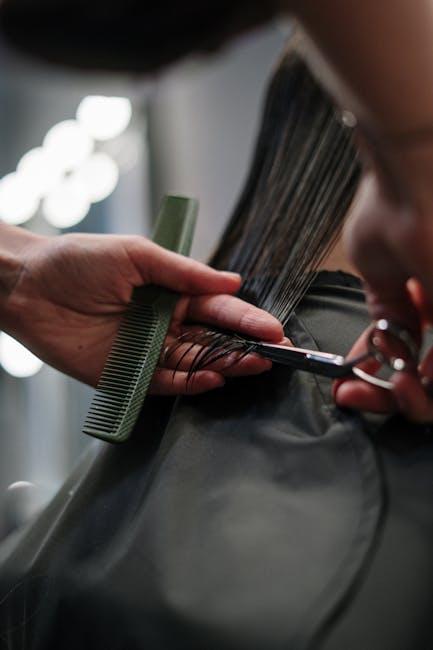Should Heatless Styling Methods Be the New Standard
In a world where beauty and self-expression often intersect with the relentless march of technology, the quest for the perfect hairstyle has never been more vibrant—or more damaging. Traditional styling tools, with their promises of sleek strands and bouncy curls, often come with the hidden cost of heat damage and weakened hair. As we navigate an era increasingly conscious of sustainability and self-care, a new contender emerges on the horizon: heatless styling methods. These innovative techniques, championed by influencers and hairstylists alike, propose a gentler approach to hair care. But should they become the new standard in our beauty routines? This article delves into the merits and limitations of heatless styling, exploring whether they offer a viable alternative to the heated tools that have long dominated our vanity tables.
Understanding the Science Behind Heatless Hair Styling
Heatless hair styling has gained popularity for its ability to create beautiful looks without the potential damage caused by traditional heated tools. At its core, these methods leverage the principles of moisture manipulation and tension to reshape hair strands. By allowing hair to dry in a specific shape or with specific accessories, such as flexi rods or foam rollers, individuals can achieve curls, waves, and even straight styles without exposing hair to high temperatures.
The benefits of embracing these techniques are numerous and backed by scientific understanding. Consider the following advantages:
- Reduced Hair Damage: Heatless methods minimize the risk of split ends and breakage, preserving hair health over time.
- Enhanced Hair Texture: Without the drying effects of heat, natural oils are better retained, leading to shinier, more vibrant hair.
- Eco-Friendly: These techniques require minimal energy, aligning with sustainable beauty practices.
Exploring the Benefits: Healthier Hair with Heatless Techniques
Heatless styling methods are making waves in the hair care industry, offering a transformative approach to achieving healthier locks. By forgoing traditional heat-based tools, these techniques provide numerous advantages that go beyond just the aesthetic. Here are some compelling benefits:
- Reduced Damage: Consistent use of heated tools can lead to split ends, breakage, and overall hair weakness. Embracing heatless methods can significantly minimize these issues, promoting stronger and more resilient hair.
- Enhanced Moisture Retention: Heat can strip hair of its natural oils, leaving it dry and brittle. By opting for heatless techniques, your hair retains more moisture, resulting in a softer, more vibrant appearance.
- Cost-Effective: Heatless styling often requires minimal tools or products, saving you money on expensive styling equipment and reducing the need for frequent replenishment of heat-protective products.
While these methods might require a bit more time and patience, the long-term benefits to your hair’s health and appearance are undeniable. By exploring and incorporating these techniques into your routine, you might just find the perfect balance between style and care.

Comparing Traditional vs. Heatless: What Works Best for Your Hair Type
Choosing between traditional and heatless styling methods can significantly impact the health and appearance of your hair. Traditional styling often involves tools like curling irons, straighteners, and blow dryers. These tools provide quick and polished results, ideal for those who desire a sleek look or defined curls in a short amount of time. However, frequent use can lead to damage, such as split ends and breakage, especially for those with fine or already damaged hair.
On the other hand, heatless styling methods are becoming increasingly popular for their gentle approach. Techniques like braiding, twisting, and using foam rollers or flexi rods can achieve beautiful, natural-looking waves or curls without the risk of heat damage. These methods are particularly beneficial for individuals with curly or wavy hair types who want to enhance their natural texture. While heatless options may require more time and patience, they are a healthier alternative that can contribute to the long-term vitality of your hair.
- Traditional Styling: Quick results, potential for damage
- Heatless Styling: Time-consuming, but hair-friendly

Expert Recommendations for Transitioning to Heatless Styling Methods
Transitioning to heatless styling methods can be a rewarding journey for those seeking healthier hair. Experts suggest starting with a thorough understanding of your hair type and texture, as this will guide you in selecting the most effective techniques. It’s crucial to embrace patience, as heatless methods often require more time to set. To ease this transition, professionals recommend incorporating the following strategies:
- Hydration is Key: Ensure your hair is well-moisturized before trying any heatless style. Hydrated hair is more pliable and holds styles better.
- Experiment with Tools: Flexi rods, foam rollers, and even socks can be used to create curls and waves. Discover which tools work best for your hair’s unique characteristics.
- Protective Styles: Braids and twists are excellent options that not only style but also protect your hair from environmental stressors.
- Product Selection: Use styling creams and gels specifically designed for heatless methods to enhance hold and longevity of your styles.
By following these expert tips, you can enjoy the benefits of healthier, heat-free hair while experimenting with a variety of stylish looks. Remember, the key is to find what works best for you and to embrace the process with an open mind.
Wrapping Up
As we wrap up this exploration into the world of heatless styling, it’s clear that the debate is far from settled. While some may relish the freedom from heat-induced damage and the creative possibilities that come with it, others might still cling to their trusty tools, cherishing the precision and immediacy they offer. Ultimately, the choice rests with each individual, guided by personal preferences, hair types, and lifestyle needs. Whether heatless methods become your new standard or simply an occasional experiment, one thing is certain: the beauty of hair styling lies in its versatility and endless potential for reinvention. As trends evolve and techniques advance, perhaps the most important takeaway is to embrace the journey, discovering what works best for you and your unique tresses.


